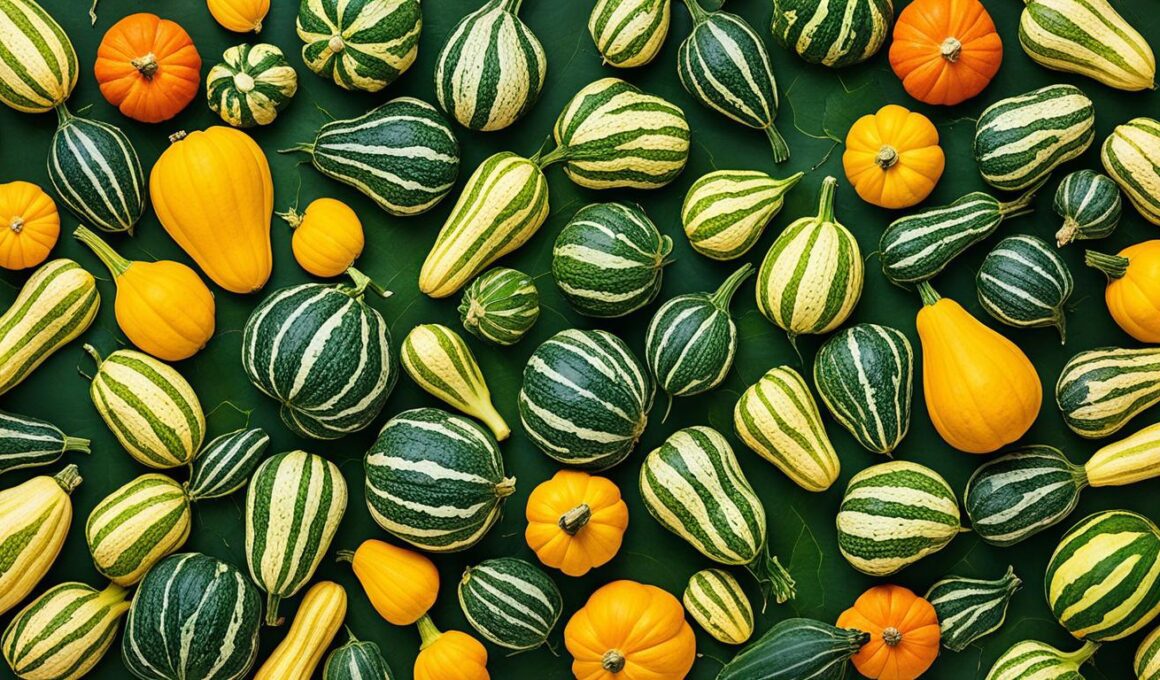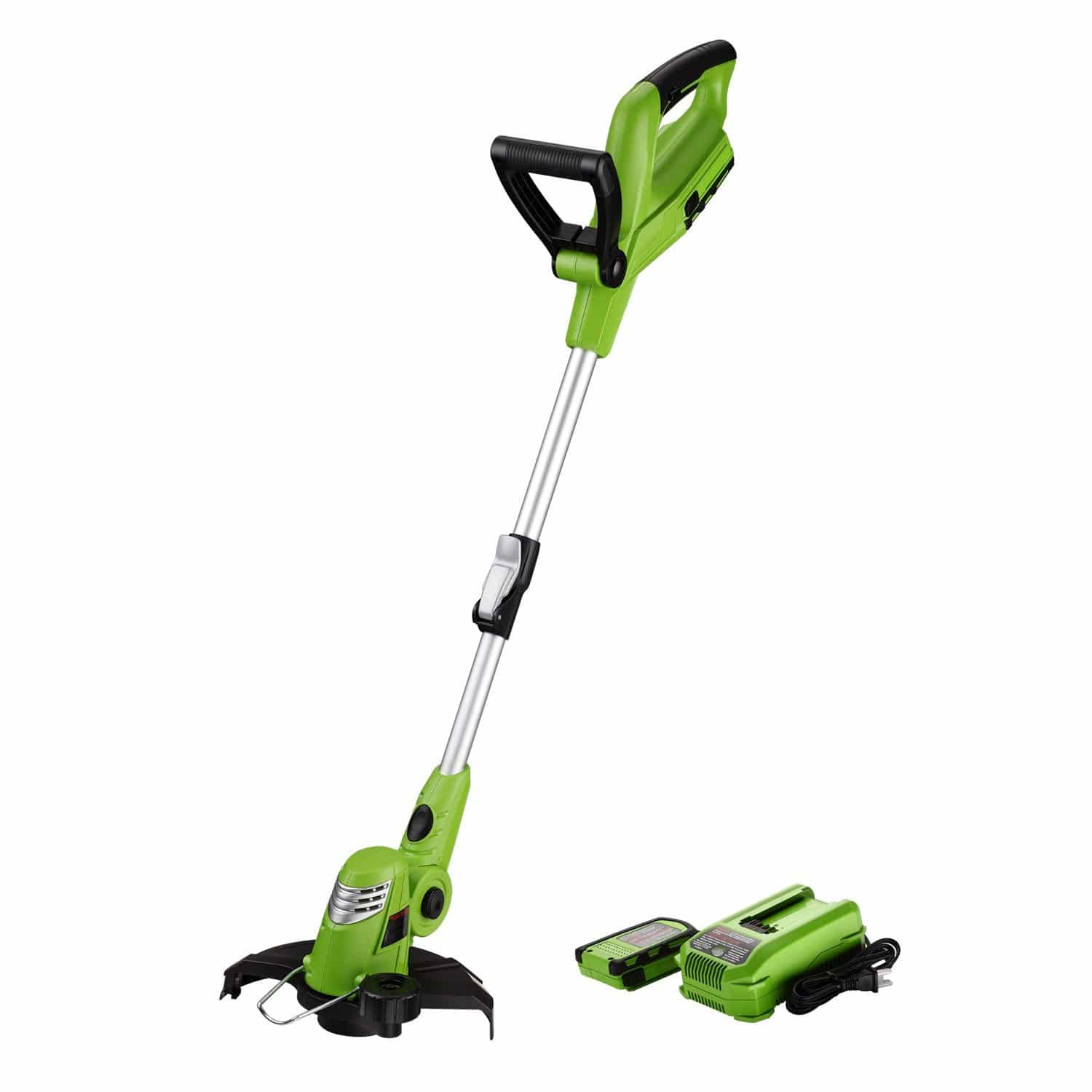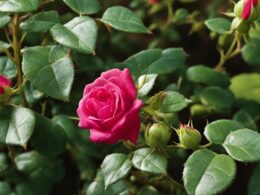If you have ever been curious about the different varieties of squash plants, you may have noticed that they come in various shapes, sizes, and colors. But did you know that you can actually identify squash plants by their leaves? Whether you are a gardening enthusiast or simply want to enhance your knowledge of plants, being able to recognize squash plants by their leaves can be a valuable skill.
Squash plants belong to the Cucurbitaceae family and encompass over 30 different varieties, including popular ones like buttercup squash, butternut squash, and acorn squash. These plants are categorized into two main groups: winter squash and summer squash. Winter squash typically has thick skin and is known for its long storage life, while summer squash has thinner skin and a more delicate flavor.
When it comes to identifying squash plants by their leaves, there are several characteristics to consider. The size, shape, color, veins, lobes, and texture of the leaves can all provide important clues about the specific type of squash plant you are dealing with. Some squash plants have lobed leaves with finger-like indentations, while others have uniform leaves without any lobes. Leaf size can vary, with some plants having small leaves and others boasting larger ones. The color of the leaves can range from light green to dark green, depending on the variety.
Veins in squash leaves can also differ, with some plants having more pronounced veins or unique vein patterns. Additionally, the texture of the leaves can be smooth or hairy. By paying attention to these leaf characteristics, you can develop a keen eye for identifying different types of squash plants.
Understanding how to identify squash plants by their leaves can offer insights into their growth patterns and care requirements. Whether you are a gardener, a chef, or simply someone with an interest in plants, this knowledge can help you make informed decisions about which varieties of squash to cultivate or add to your recipes.
In the next sections, we will delve deeper into the specifics of identifying squash plants by their leaves and explore common diseases and pests that can affect these plants. Stay tuned!
How to Identify Squash Plants by Leaves
When it comes to identifying squash plants, one of the key characteristics to look at is their leaves. By understanding the various leaf shapes and characteristics of squash plants, you can easily differentiate between different types and varieties.
Squash leaves can be either lobed or unlobed. Lobed leaves have distinct finger-like indentations on the edges, giving them a unique appearance. These lobes can vary in depth and number depending on the specific squash plant.
The size of squash leaves also varies, with some plants having smaller leaves while others have larger ones. The size of the leaves can give you a clue about the type of squash plant you’re dealing with.
Another characteristic to pay attention to is the color of the leaves. Some squash varieties have lighter green leaves, while others have a darker green hue. This color variation can be an important factor in identifying different types of squash plants.
Veins in squash leaves can also provide valuable clues for identification. In some plants, the veins are more pronounced and noticeable, while others have more subtle vein patterns. Observing the vein structure can help narrow down the specific type or variety of squash plant.
The texture of squash leaves can differ as well. Some plants have smooth leaves, while others may have a slightly hairy or rough texture. Paying attention to the leaf texture can further aid you in identifying squash plants.
By becoming familiar with these leaf characteristics, such as lobes, size, color, veins, and texture, you can confidently identify different types and varieties of squash plants, enabling you to provide the appropriate care and maintenance for each one.
Image: A visual representation of different leaf shapes of squash plants.
Common Diseases and Pests of Squash Leaves
Squash leaves are vulnerable to various diseases and pests that can affect their health and productivity. It’s important to be aware of these issues and take necessary measures to protect your squash plants.
One common problem is powdery mildew, which manifests as a white powder coating on the leaves and stems. This fungal infection can cause the affected leaves to turn yellow and wilt, impacting the overall vigor of the plant.
Another disease to watch out for is downy mildew, characterized by yellow spots on the squash leaves and a white moldy growth on the undersides. This can inhibit the plant’s ability to photosynthesize and produce energy, leading to stunted growth.
In addition to diseases, squash plants can also fall victim to various pests. Squash bugs are a common culprit, as they feed on the leaves and stems, gradually weakening the plant. If left untreated, these pests can cause significant damage and even kill the squash plant.
Another troublesome pest is the squash vine borer, which burrows into the stem and disrupts the plant’s vascular system. Infested vines may exhibit wilting, and if the infestation is severe, the entire plant can perish.
To protect your squash plants, it’s essential to regularly inspect the leaves for signs of disease or pest infestation. If you notice any powdery white coating, yellow spots, or unusual wilting, take prompt action. Apply appropriate organic or chemical treatments to control the disease or eradicate pests effectively. Additionally, practicing good garden hygiene, such as removing plant debris and using proper crop rotation methods, can help prevent the recurrence of these issues in future growing seasons.
Can I Grow Squash and Zone 5 Fruit Trees Together in My Garden?
Yes, you can grow squash and the best fruit trees for zone 5 together in your garden. Squash is a warm-season vegetable while fruit trees like apple and cherry are cold-hardy and suitable for zone 5. Make sure to plan the layout properly to optimize space and sunlight for both plants.










